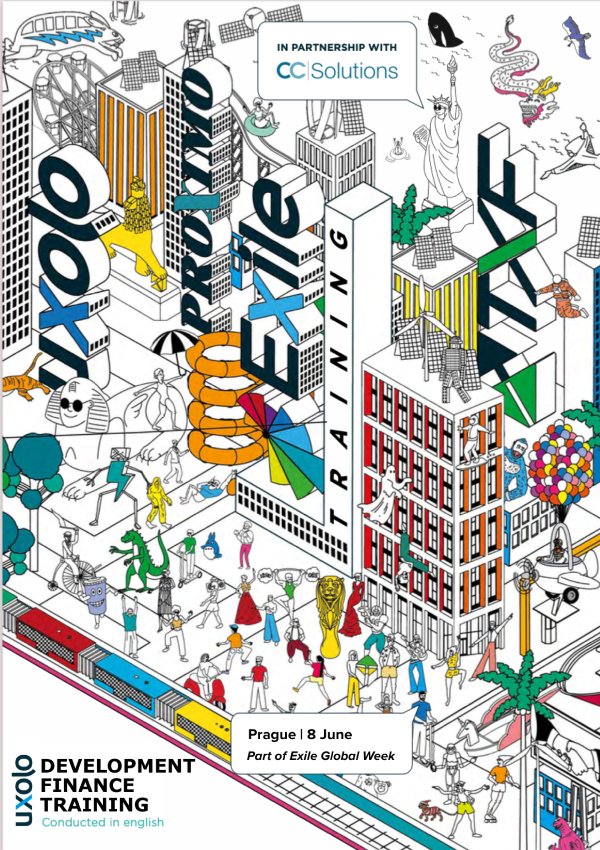Sovereign SLBs: Capitalising on NDCs
In 2022, Chile and Uruguay became the first sovereigns to issue sustainability-linked bonds. Through step-ups and step-downs, and with the help of IDB, the two countries have created a monetary incentive to comply with the Paris Agreement and transform their institutional capacity from top to bottom.

In March 2022, Chile announced the world’s first sovereign sustainability-linked bond issuance (SLB), raising $2 billion with a 20-year maturity and a 4.436% coupon. The bond’s key-performance indicators (KPIs), the essential component of SLB issuances, align with the Paris Agreement and the country’s nationally determined contribution (NDC). Specifically, they limit emissions to no more than 95 metric tonnes of CO2 and equivalent by 2030 and promise to increase renewable energy to 60% of electricity production by 2032. Like commercial SLBs, the bond utilises a step-up mechanism, jumping up by 12.5 basis points (bp) if one target is not met, and 25bp if both aren’t.
In October, Uruguay followed suit with its own 12-year, $1.5 billion SLB, which had a 5.75% coupon and, like Chile, KPIs promising to meet the goals of its NDC. With the help of IDB, Uruguay’s issuance introduced a unique twist on the traditional SLB format, utilising a step-down mechanism as well as a step-up. If the country is on track to meet its goals by 2030, the coupon will decrease by up to 15bp, and conversely, will increase by 15bp if goals are not on track. The assessment date for the targets is 2025.
Green bond or sovereign SLB?
SLBs are a novel approach to financing the climate transition and, until now, have been mostly utilised by private investors. Part of the reason sovereigns have tended to opt for green bonds rather than SLBs is the high level of commitment the latter demands. With a plain green bond, the issuer establishes a narrow framework under which the bond proceeds go to a single, sustainable purpose. Unless wider restrictions are promised in the bond framework, nothing precludes the borrower from simultaneously investing in non-green financings with proceeds from other funding sources.
Unlike green bonds, SLBs have no use of proceeds stipulations, so governments can raise $2 billion and use the money for whatever they wish, so long as the overarching KPIs remain on track. While that characteristic appears at first glance more flexible than green bonds, keeping the KPIs on track is a multi-sector, multi-ministry effort that arguably requires a deeper and broader level of commitment from borrowers. For example, Uruguay’s step-down mechanism makes meeting the NDC not just an environmental priority, but a fiduciary duty to keep debt as low as possible.
But with broader commitment comes broader change. As Federico Brusa, climate change specialist at IDB, comments, "at some point, countries need to take the decision to strengthen their capacity to define and report their climate goals”, citing the example that for just a decarbonisation strategy, this requires the ministries of energy, finance, environment, transportation, and agriculture to all work together. He explains, “environmental ministries are critical for guiding sectoral ministries on effective decarbonisation strategies, while finance ministries are the ones that can transform climate measures into effective results”.
Both bonds were significantly oversubscribed – demand for Chile’s SLB reached more than $8 billion, and $3.96 billion for Uruguay’s. Chile’s SLB also received an A- rating from Fitch and Uruguay’s a BBB+ from R&I, which is the highest credit rating the country has ever received. R&I cited the country’s robust deep decarbonisation strategy as one of the factors that influenced the positive rating.
The multi-sector institutional capacity improvement that the SLBs represent gives Uruguay and Chile a significant advantage in reaching their NDCs and compliance with the Paris Agreement. They have essentially capitalised on a journey they already had to take. Reporting to the United Nations is a costly exercise which requires extensive national resources and personal commitments, and it does not offer a reward. Brusa outlines that the SLBs are a “monetary incentive for countries to invest in transparency”. And, better capacity in defining and measuring ambition naturally leads to better policies for achieving it.
The Uxolo perspective
The next step in SLB evolution is matching KPIs to climate adaptation – not just mitigation. Multilaterals are creating frameworks for measuring this kind of progress, but, according to Brusa, “adaptation processes take a long time”. Part of the difficulty is balancing the tradeoff between extremely localised impacts, as is naturally the focus for adaptation projects, and more general, wider-stretching metrics.
However, it should be noted that the two country’s issuances have “in no way changed their negotiating postures”, says Brusa, “but we do see that countries are willing to commit to global climate action since markets and developed nations support these efforts”. Like many developing countries, Chile and Uruguay continue to demand that developed nations do more. Brusa points to other efforts, like the Bridgetown Initiative, as further evidence that countries are willing to commit to global climate action, but they are asking for markets and developed nations to support these contributions to global public goods.
Chile and Uruguay have taken the lead in demonstrating the power of sovereign SLBs in financing climate action and incentivising countries to invest in transparency. It is yet to be seen how this novel approach to sustainability financing will evolve in order to account for climate adaptation, but the potential for these bonds to drive climate action is undeniable.





